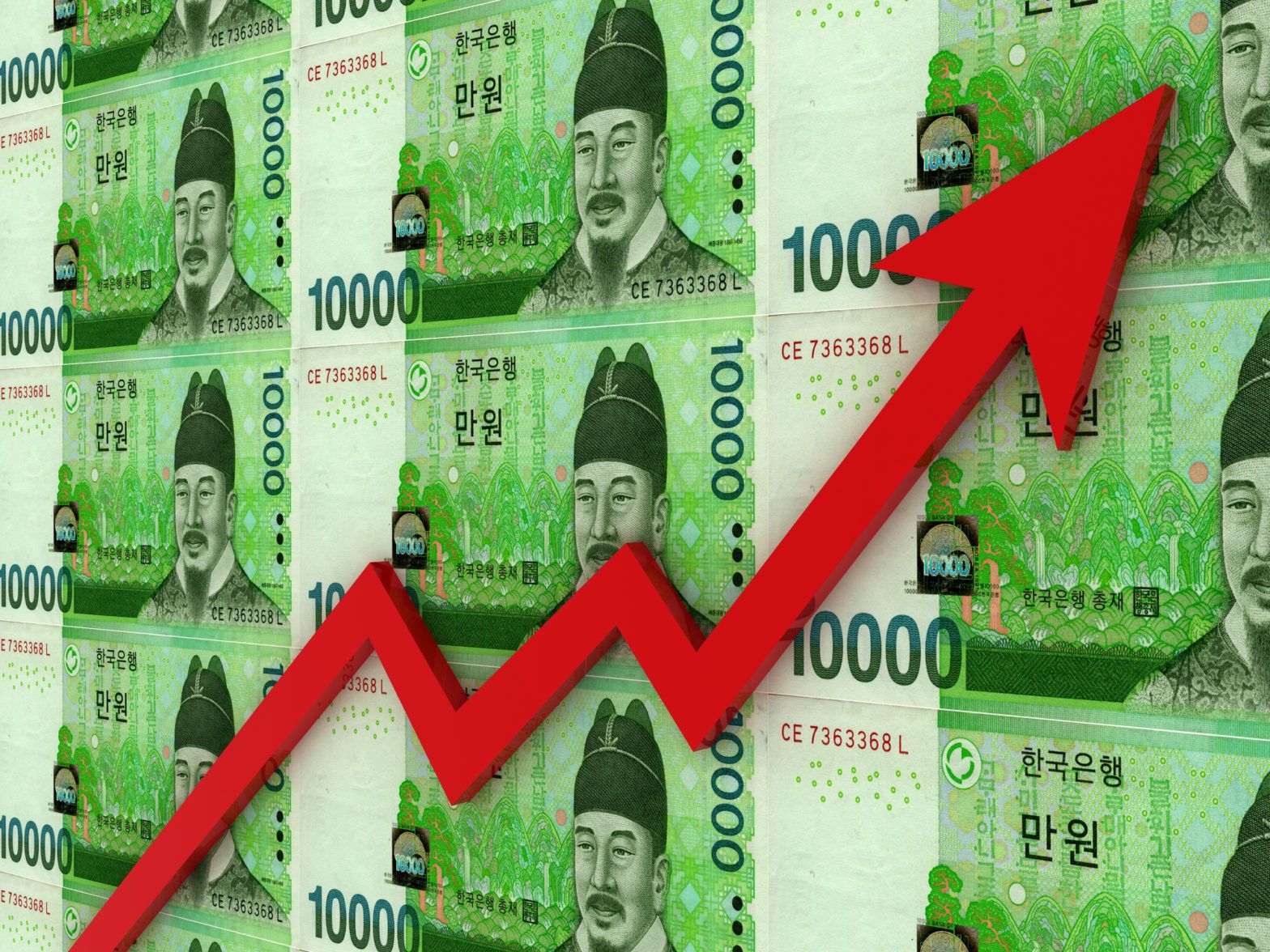A sharp strengthening of the US dollar and a sell-off in EM currencies has made it a bruising year for emerging market debt (EMD) investors. The sovereign benchmark JPMorgan GBI-EM Global Composite index has fallen more than 8% in dollar terms YTD.
Sales of emerging markets dollar-denominated debt are at their lowest levels in more than five years, according to data provider Refinitiv.
But the outlook for EMD should improve towards the end of 2019, according Guy Foster, head of research at Brewin Dolphin, and any turnaround will be heavily influenced by fluctuations in the value of the value of the dollar – and the greenback is likely to weaken “significantly” over the course of next year, Foster said.

Macro overview
The US dollar has risen almost 10% against the euro since early February as the US economy performed strongly while the eurozone has spluttered. But Foster said he expected the dollar to start to weaken against leading global currencies towards the mid-way point of next year.
“The timing is difficult to predict but we would expect this [slump in the value of the dollar] to take place somewhere in the second quarter to midway through 2019,” he said. “However, the weakness of European growth and recent the fall in the oil price means that there is now a better chance of the dollar staying stronger for longer.”
Growth in the eurozone weakened to 0.2% on Q3 and the price of crude has dipped below $60 a barrel this month after highs of $85 in early October.
“Eurozone growth should have been stronger in 2018. The dollar has risen almost 10% against the euro this year which would normally be a big boost to European exports. However, European exports have underperformed on a trade weighted basis amid a lot of political uncertainty in Europe.
“But a bigger factor is that China now buys a lot more European imports than ever before and the fact that the Chinese renminbi has been so weak against the dollar – and by implication against the euro – has meant that it has cancelled this potential trade-related boost out,” he said.
“Therefore, with Eurozone growth weaker than we had expected and looking likely to stay a bit weaker for a bit longer it really focuses investors on the US.”
Betting on the dollar
“Investors have become quite long on the dollar – and dollar assets on a speculative basis – which normally means you are looking at the point in which it is going to roll over,” Foster said.
“However, the recent fall in the oil price actually means US inflation is going to go down faster than European inflation – the function of two relative tax rates – which means that even if the US Federal Reserve stops hiking, real interest rates in the US are likely to creep up, relative to European rates – leading to a stronger dollar for another quarter and additional pain for emerging markets investors.”
Nonetheless, another year of EMD underperformance in 2019 is unlikely, Foster said. The asset class is more likely to “maintain relative valuations” setting it up for a rally towards the end of next year, he said.
The Trump administration has embarked on an aggressive fiscal stimulus this year through tax cuts and public-spending hikes in the US and these policies should impact the dollar and EMD in 2019.
“If you look previous cycles, when you have a big fiscal stimulus in the US you typically see a secular trend of a declining dollar conceding with a secular trend of outperforming emerging markets assets. We would expect that to happen again [in 2019] but there is a growing risk it happens towards the end of next year rather than towards the beginning,” Foster added.







